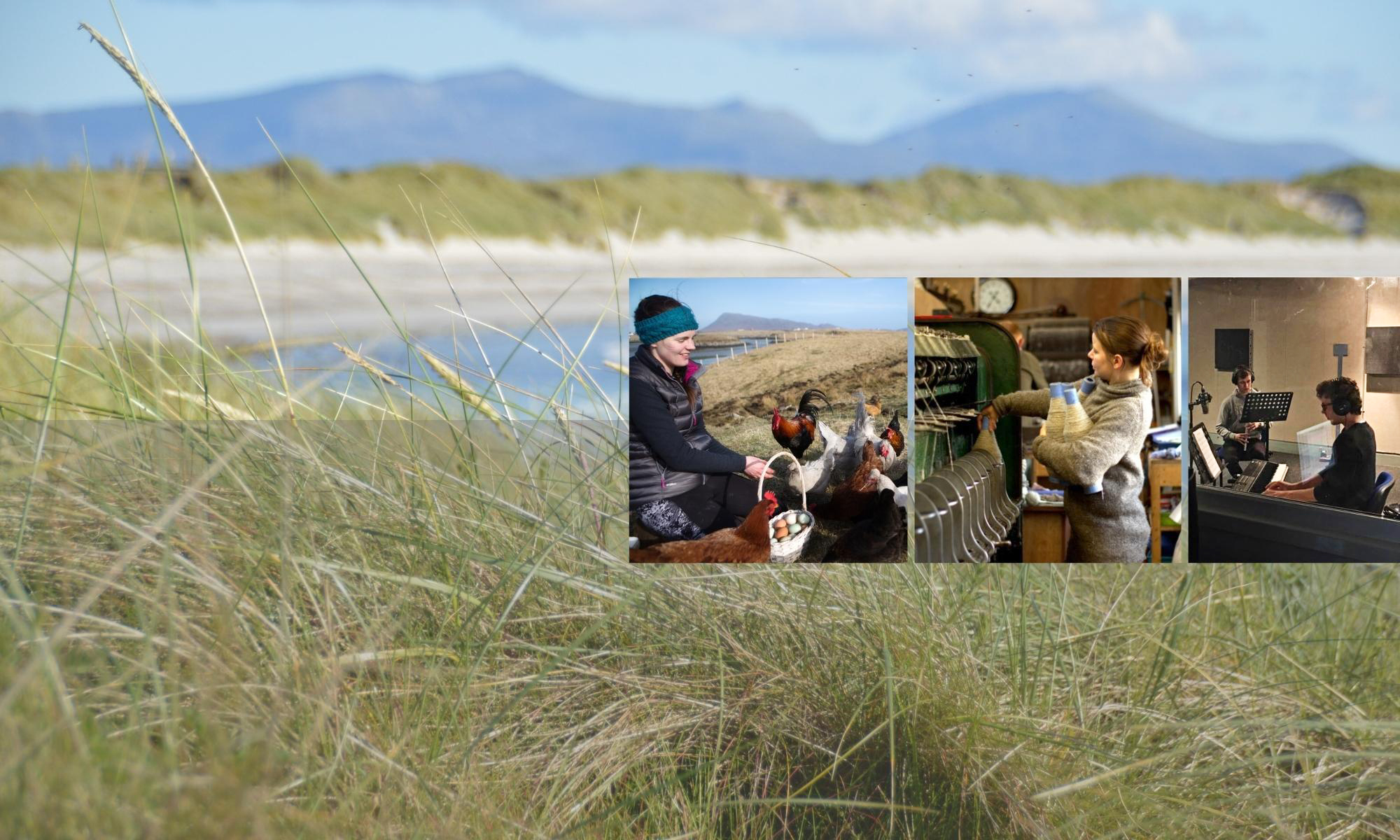Part 2 of 3 for this week’s post

Part 1 of this week’s blog post ended with reflections on Gaelic language and culture. Island based organisations (including Soillse through their report on the Gaelic crisis in the vernacular community and Misneachd in their manifesto) have proposed decentalised funding mechanisms, especially those rooted in Gaelic speaking communities. As Gaelic activists in the Outer Hebrides have pointed out, this is a matter of governance, self-determination and survival. And they chafe at local island communities being seen by external agencies as a resource (goireas) for Gaelic learners and others from elsewhere, a term that “de-humanises, subordinates and diminishes” our communities, rather than engaging with us as communities “with critical needs and the right to determine those needs”. (Guth nan Siarach)
From a human rights perspective, is mainstream support for Gaelic seen primarily as a mechanism to support pluralism and diversity within Scotland, seeing Gaelic as ‘a non-primary, minority and complementary cultural practice to the dominant and normative English language culture in Scotland’? (Iain MacKinnon, Recognising and Reconstituting Gàidheil Ethnicity, quoting from the Soillse report).
On the other hand, the rights of indigenous peoples are very different from minority rights, “as set out in Article 27 in the International Convenant on Civil and Political Rights, because minority rights aim at ensuring a space for pluralism in society, whereas the instruments concerning indigenous peoples’ rights are intended to allow for a high degree of autonomous development for indigenous peoples. Important for indigenous peoples is that they are a people with self-determination, the right to self-government and rights over their natural resources. … Article 3 in the United Nations Declaration on the Rights of Indigenous Peoples, 2007, provides: ‘Indigenous peoples have the right to self-determination. By virtue of that right they freely determine their political status and freely pursue their economic, social and cultural development.” See CoDeL report: Katinka Svanberg, Human Rights in Times of Covid-19, p.30
It is striking that responses to a survey on Gaelic identity indicate that Gàidheil generally believe that political commitment to material practices such as crofting, fishing and land use are at least as central to being a Gàidheal as are language and culture (reported in Iain MacKinnon).
According to Amnesty, the World Bank and UNDP, there are 370 to 500 million Indigenous people around the world and spread across more than 90 countries. They belong to more than 5,000 different Indigenous peoples and represent about 5 to 6% of the world’s population.
Indigeous peoples speak more than 4,000 languages, the majority in fact of the world’s languages. Indigenous languages are extensive, complex systems of knowledge. They are central to the identity of indigenous peoples, the preservation of their cultures, worldviews and visions, as well as expressions of self-determination.
Indigenous Peoples have a special relationship with the land on which they have lived for generations, sometimes for tens of thousands of years. They hold vital ancestral knowledge and expertise on how to adapt, mitigate, and reduce climate and disaster risks.
The land that Indigenous Peoples live on is in fact home to over 80% of our planet’s biodiversity and rich in natural resources, such as oil, gas, timber and minerals. However these lands are routinely appropriated, sold, leased or simply plundered and polluted by governments and private companies.
The strong focus for investment within Scotland on Gaelic language, and extensive investment in mechanisms to enable non-speakers to learn Gaelic as part of Scotland’s showcasing of its national culture, potentially risks denying the vernacular speaking Gaelic communities, primarily in the Outer Hebrides, of characteristics of Gaelic ethnic identity.
The audience witnessed past and present fuse together as Pàdruig and friends accompanied his forebears in real time, unlocking layers of memory and meaning and inviting us to reflect on who we are and where we come from…[T]his work of creative ethnology is a moving reminder of what it is to be human. We live in a society that has forgotten to value what it is to be human, in a world where far too many people get left behind. Our economy cares not for localities, cultures, ways of life or the cohesion of kin and community.
Mairi McFayden about Grimsay musician Pàdruig Morrison’s participation in the ‘Kin and the Community’ project, where he responded creatively to ethnographic recordings made by his grandfather, a crofter and bard who passed away many years before Pàdruig was born.
For highland and island Scotland such risks trigger deep sensitivities, with the brutal suppression of Gaelic culture following the Jacobite rebellion, and then its apparent revival by outsiders, not least in the Victorian era, as a quaint mixture of tartan, pipes and choral music, whilst the real essence of the language and culture was often reduced to the category of quaint and odd customs.
‘To the southern inhabitants of Scotland, the state of the mountains and the islands is equally unknown with that of Borneo or Sumatra: of both they have only heard a little, and guess the rest. They are strangers to the language and the manners, to the advantages and wants of the people, whose life they would model, and whose evils they would remedy.’
Dr Johnson on his Hebridean tour in 1773
And contrast: “the Western Isles of Scotland are different yes, but not in the ways that people assume. It’s different because of the passion that we have for where we live, it’s different because of how connected we are with our history and our future, it’s different because so many people get all they need from these islands, without the need to travel further afield. Not because it’s isolated or out of touch.”
A young islander from Lewis in 2018
I have articulated in the West Highland Free Press the immense importance of Gaelic as a language that is still rooted in its people, its land, its culture and its diverse spiritual expressions, and that the Gaelic heartlands in the islands are the closest we get to an indigenous way of life within Britain.
“In these communities the separation between disciplines that has become so dominant in modern society, and so deeply undermines holistic solutions, is not apparent. Here it is impossible to separate Gaelic from crofting or fishing, to separate people, [family and ancestry] from land, to separate our way of life, culture, creativity, spirituality from people and land. I want to say that without any one of these, the others lose so much, but the point is that there are no “others”, there is only a whole, that is always evolving but has remained holistic. This is the closest we get to an indigenous way of life within Britain. … In our times, where we all confront the enormity of the climate emergency, such a holistic culture is truly a precious treasure, for local communities in the Gaelic heartlands AND for the world at large.”
The degree of isolation and remoteness that islands share have historically made them venues for encounters between different cultures. This continuity of interactions has shaped and defined island cultures as having unique traditions of living within spatial, ecological, and social boundaries. The world can learn a lot from the cultures and traditions of islanders in protecting the environment including the use of traditional knowledge and practices.
Alexia Lamothe, Island Innovation
For the Social Enterprise Place Award for Uist, the local steering group identified Gaelic language and culture as one of their four key priorities: “to sustain and strengthen our Gaelic language, heritage and culture as treasured community assets, and for which we are also critical custodians on behalf of wider Scottish and global society”, including the aspiration “to establish protected recognition of the indigenous language of the Gael in the vernacular communities across Uist and to re-establish and strengthen Gaelic as the language of the community.” (see p.15 here)
In Part 3 we will explore how the current centre-periphery framework is a comparatively recent construct, and that historically the islands and west coast of Scotland “were linked by sea to the rest of the world, known and unknown, and linked to Europe in fact more directly than most parts of Scotland.” (Hugh Cheape).

